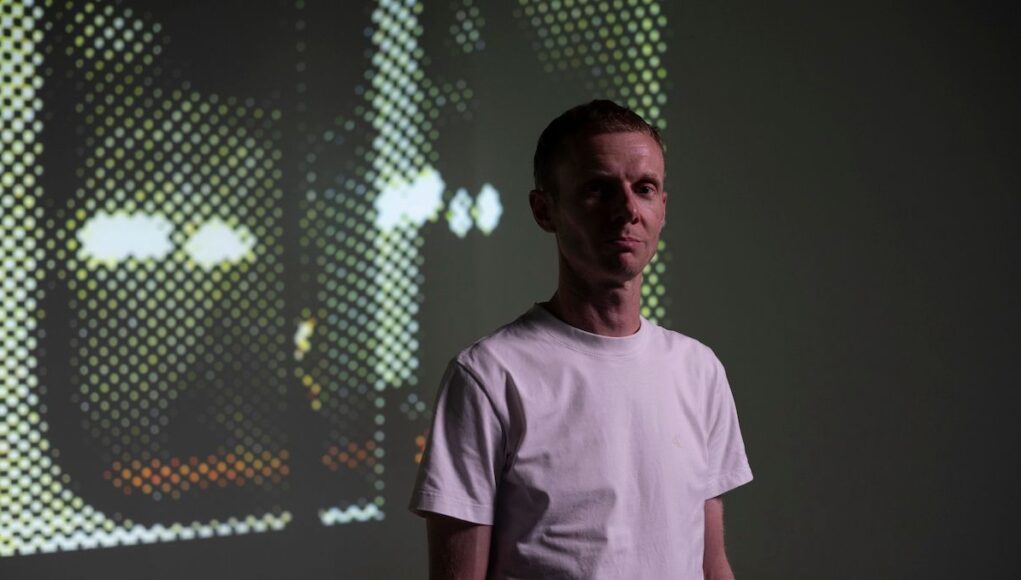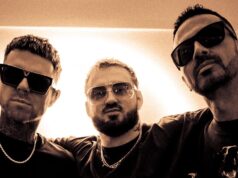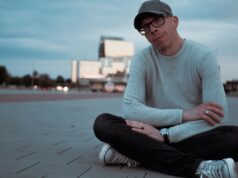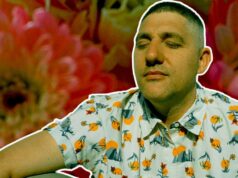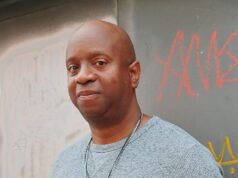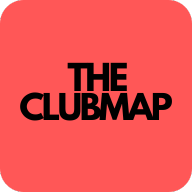Kormac’s new single Hazy looks back, but not in a purely nostalgic way. It’s a loose, atmospheric piece that channels the half-lit energy of Dublin’s early 2000s club scene, the moments between venues, the people in the queues, the feeling of something just about to happen. As much shaped by memory as by his modular synths, the track marks a reflective turn for the Irish producer, DJ and composer.
We caught up with him to talk early DnB nights, learning from Jeff Mills, and why the spirit of DIY still lingers in Dublin’s cracks.
You’ve mentioned that Hazy was shaped by memories of moving between clubs in Dublin. What specifically came back to you when writing it? Was it certain places, people, or just a general mood?
It was the excitement, spirit and camaraderie of the journeys between venues. It was the people you’d meet in the queues, the doorstaff you’d chat to, the anticipation of not knowing what was next….
How old were you when you first started going out in Dublin, and what sort of nights or venues left the biggest impression on you?
I played my first DJ set in a proper club called the Kitchen when I was 17 years old! I had my school uniform stuffed into my record box. Drum n’ Bass was a huge influence and was, pretty much, all I played during those first few years. The sound of the venue’s fixtures vibrating from those basslines as you approached the clubs will never leave me. So exciting.
You said you started DJing not long after you started going out. Was that transition deliberate, or more a case of wanting to be involved however you could?
I think I went to a lot of clubs to learn, to be honest. As I said, I used to play, almost exclusively, drum n’ bass but I was really interested to learn how to structure a set properly; how to manage the ebb and flow while, at the same time, always heading in a particular direction.
I used to go and see the best house, techno, garage and breaks DJs I could, get a sense of how they were doing it, and try and apply it to my drum n’ bass sets.
Dublin in the early 2000s felt quite informal and open to people making things happen. Do you think that kind of DIY energy still exists in the city now?
My studio is in Dublin city centre where there’s (always) lots of construction work going on. Mostly, they’re building hotels and, in some cases, they’re on the sites of old nightclubs. I was walking by one of these spots this morning and I couldn’t help noticing loads of DIY posters for gigs pasted onto the side of the hoardings. Obvious irony aside, it’s nice to know there are plenty of people still out there trying to get their events off the ground. Sure, it’s an entirely different landscape now but the basic premise of people being obsessed with music and wanting to share it seems to still be there.
Were there specific sounds or DJs from that time who made you look at electronic music differently?
For sure – techno DJs like Jeff Mills and Dave Clarke – guys who played fast, mixed quickly, weaving lots of small sections of records together to tell a bigger story – were big influences. I didn’t really play any techno at the time but their approach was huge for me. It really influenced how I played and probably got me into turntablism.
You’ve clearly travelled a lot and worked in very different contexts since then. What made you want to revisit this particular period now?
I’d been using lots of analog, modular synths in my scoring work over the last couple of years and had built up a nice collection of slightly unwieldy, raw sounding machines. My plan, after I finished my last score, was to spend some time writing new ‘Kormac’ material using this gear. It may well have been those kinds of sounds and textures – that are to the fore in Hazy – that got me thinking about the first clubs I went to.
How much of the track was shaped by talking to people from that time in your life – or is it more about how you remember it now?
It’s all based on the memories I have!
Do you think the way we experience nightlife has fundamentally changed since those nights in Dublin you’re referencing – or is the core of it still the same?
I think it’s changed in Dublin because there aren’t as many venues these days. There used to be loads of venues playing all kinds of interesting music, 7 nights a week, all within a 1/2km radius.
People’s tastes change, people’s lives are different now and I’m not saying it’s better or worse. I think people just consume and engage with music differently now and, by extension, experience with live music differently..


